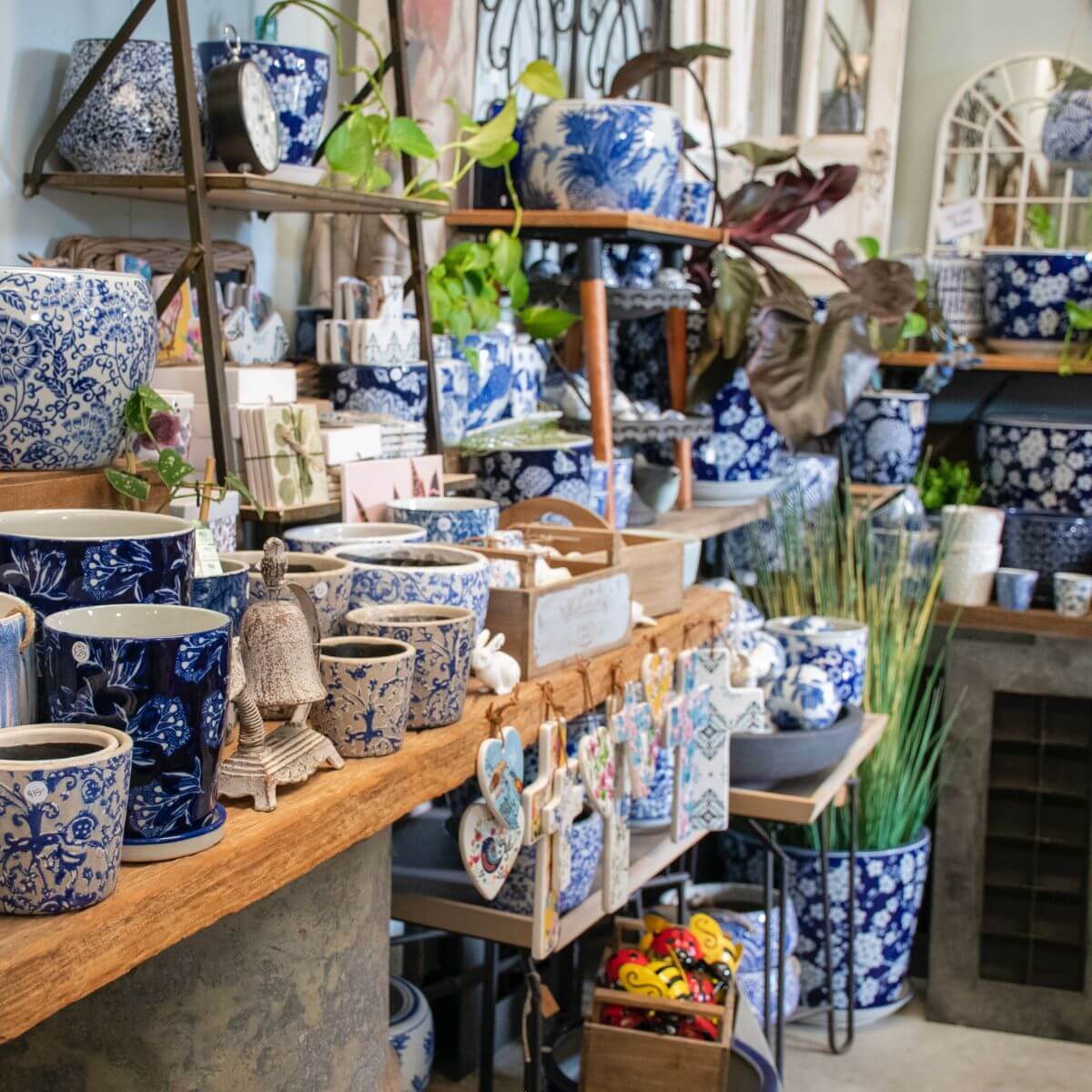Rocks and stones can be used in many ways when landscaping, from large stand-alone features to more practical purposes, such as drainage and inorganic mulch.
Where to Start
Thinking about your existing home and garden is a good place to start. How does the current situation limit your options? Are there already a lot of different colours, textures and patterns in the building, garden and surrounds? What about the existing environment? Do you already have stones in your yard? What colours and textures work? If the garden already has a wide variety, would it be better to use stones, as a common thread, to draw everything together?
Physical Changes
Stones are very useful for making physical changes to external areas, including the garden. Using large individual stones or building stone walls can provide instant height and help to make a garden look more established. Stones can also provide a physical answer to a problem, like terracing a block or helping to hide or soften a change in level. A stacked stone wall can provide the structure needed, as well as create an excellent area for a new, well-drained garden bed. A wall like this is fantastic for trailing flowers and vines.


A pathway made of stone, with a free-flowing design, can fit beautifully in a garden, but careful preparation is needed to ensure the path is safe and secure.
Individual Features
Large feature stones can act as a permanent base for a garden, providing an enduring starting point. Stone can have a strong influence over your space all year round, so picturing what you want the area to look like in a couple of year's time is important. Stones can be used in this situation as either a strong contrast or to create a feature that is at one with nature.
Mulch
Lighting
The different surfaces of rocks can create very different results. Smooth river stones can give a warm glow while the variations in granite and limestone can produce interesting shadows.
You can use large individual stones to reflect light or try heaps of smaller stones with a small spotlight underneath for a more subtle glow.
Garden styles
Rocks and stones make great features in minimalist gardens and can be a stunning focal point. Most are long-lasting and will often age beautifully over time. If you want to use stones, but have a small garden, there are still many options available. Try using them in containers and garden beds or when building stone walls. Planters containing stones and succulents are always stunning and are very low maintenance.
Flagstones can be used for pathways, but good preparation is important.
Water Features

Stones are great for water features, creating a natural backdrop and increasing the effect of the water. Different stones will work in different situations. Large, craggy rocks can work well in waterfalls, particularly in native gardens, while smaller, smoother stones are perfect for recreating river beds and creeks. The colour of many stones will strengthen when wet.
Weathered stone, with crevices and irregular edges, is better than smooth surfaces if you want to encourage the growth of moss and lichen. Placing these stones in a damp situation, such as a water feature or fern garden, will also help encourage moss growth.
Butterflies
Monarch butterflies can be seen in Albany over the summer months. Encouraging them in your yard can really add to the enjoyment you get from your garden. Stones soak up the sun’s warmth and make great basking spots for butterflies. Place flat stones in areas that are protected without a lot of overhanging branches, preferably with nectar and caterpillar food plants, like Buddleia and Hardenbergia. Butterflies prefer shallow, muddy water.
Looking for inspiration ...
Water features – so many different styles ... Fountains, bubblers, waterfalls, ponds and river beds are popular.
Inorganic mulch in garden beds, pots and paths.
Lighting features – rocks are great for reflecting light and creating shadows.
Stacked stone walls and garden bed borders.
Stone furniture – benches, tables, fire pits …
Gabion baskets – mesh baskets (also known as cages) filled with stones, for a more industrial look. These can be used as dividers, walls, benches, bars ... the options are endless.

Pebble pavers and mosaics – don’t limit yourself to the ground! Pebbled walls are fantastic for vertical water features. Granite walls make great features too!
Rocks and stones provide an amazing array of options when you are creating your garden. They can be a very practical and beautiful addition to any landscape.


